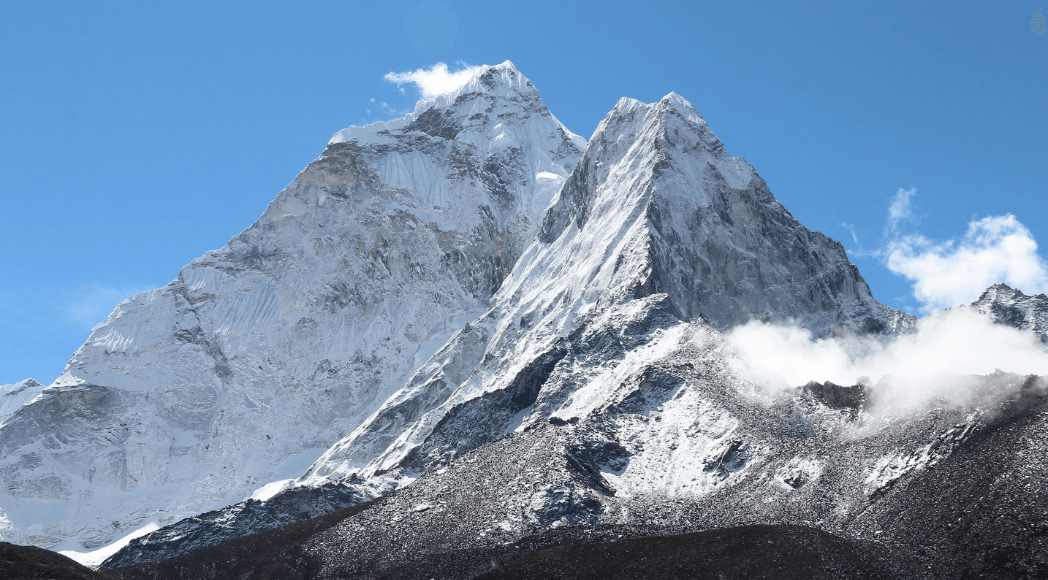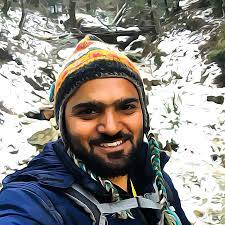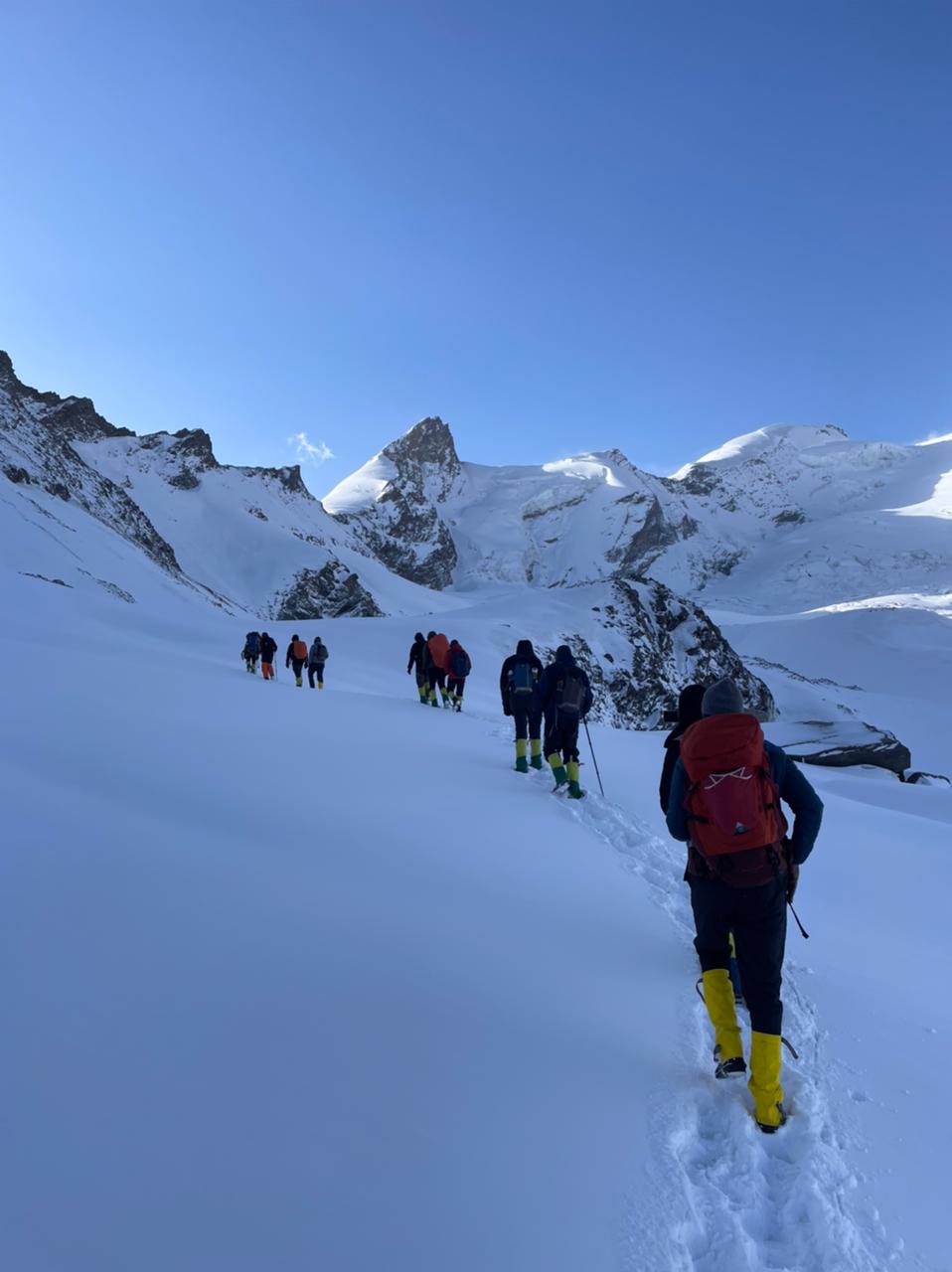
Trekking in the Himalayas: A Beginner's Guide

The Himalayas, with their towering peaks, serene valleys, and rich cultural heritage, offer one of the most awe-inspiring trekking experiences in the world. For many adventurers, trekking in the Himalayas is a dream that promises a blend of adventure, spirituality, and a deep connection with nature. However, for beginners, the thought of navigating these majestic mountains can be both exhilarating and daunting. This guide aims to provide you with all the information you need to embark on your first trek in the Himalayas with confidence.
1. Introduction to the Himalayas
The Himalayas, meaning "Abode of Snow" in Sanskrit, stretch across five countries: India, Nepal, Bhutan, China, and Pakistan. This colossal mountain range is home to the world’s highest peaks, including Mount Everest. The Indian Himalayas are particularly accessible for trekking, offering a variety of routes that cater to different skill levels.
Significance
The Himalayas are not just a geographical marvel but also a spiritual and cultural hub. They are considered sacred in many cultures, particularly in Hinduism and Buddhism. The mountains are dotted with ancient temples, monasteries, and sacred sites, making trekking here a journey into both the physical and spiritual realms.
Why Trek in the Himalayas?
Trekking in the Himalayas offers a unique combination of natural beauty, adventure, and cultural immersion. The region’s diverse landscapes include dense forests, alpine meadows, high-altitude deserts, and glacial rivers. For beginners, the Himalayas present a chance to experience the thrill of trekking without requiring advanced technical skills.
2. Preparation for Trekking
Physical Fitness
Trekking in the Himalayas requires a good level of physical fitness. As a beginner, you don’t need to be an athlete, but it’s essential to be prepared for long walks on uneven terrain at high altitudes. Start your training a few months before the trek with a combination of cardio exercises, strength training, and flexibility workouts. Focus on building stamina, especially through activities like walking, running, or cycling.
Mental Preparedness
Trekking is as much a mental challenge as it is a physical one. The altitude, weather conditions, and isolation can be mentally taxing. Prepare yourself by understanding what to expect and developing a positive mindset. Meditation and breathing exercises can be helpful in managing stress and maintaining focus during the trek.
Gear and Equipment
Investing in the right gear is crucial for a successful trek. Essentials include:
- Trekking Boots: Sturdy, comfortable, and waterproof boots are a must.
- Backpack: A 40-50 liter backpack with a good support system.
- Clothing: Layered clothing, including moisture-wicking base layers, insulating mid-layers, and a waterproof outer layer.
- Sleeping Bag: A sleeping bag rated for sub-zero temperatures.
- Trekking Poles: Helpful for stability and reducing strain on your knees.
- Headlamp: For visibility in the early morning or evening.
- First Aid Kit: Including altitude sickness medication, bandages, and pain relievers.
Packing List
Here’s a basic checklist:
- Clothing: Base layers, thermal wear, trekking pants, waterproof jacket, gloves, hat, and sunglasses.
- Footwear: Trekking boots and extra pairs of woolen socks.
- Personal Items: Sunscreen, lip balm, toiletries, hand sanitizer, and water purification tablets.
- Food: Energy bars, nuts, and other high-calorie snacks.
- Documents: ID, permits, and emergency contact information.
3. Choosing a Trek
Popular Beginner Treks in the Himalayas
For beginners, several treks in the Indian Himalayas offer stunning views and relatively easy terrain:
- Kedarkantha Trek: Located in Uttarakhand, this trek is known for its scenic beauty and panoramic views of the snow-clad Himalayas. It’s a winter trek that’s perfect for beginners.
- Hampta Pass Trek: Situated in Himachal Pradesh, this trek offers a mix of landscapes, from lush green valleys to barren mountains, and crosses a high-altitude pass.
- Triund Trek: Near McLeod Ganj in Himachal Pradesh, this short trek is perfect for beginners and offers views of the Dhauladhar range.
- Valley of Flowers Trek: Also in Uttarakhand, this trek is famous for its vibrant alpine flora and the spiritual significance of the Hemkund Sahib.
- Chopta Chandrashila Trek: Another trek in Uttarakhand, known for its breathtaking views and the sacred Tungnath temple.
Difficulty Levels
Trekking routes in the Himalayas are graded by difficulty. As a beginner, it’s important to start with easy to moderate treks that don’t require technical climbing skills. Pay attention to the altitude, distance, and terrain when choosing a trek.
Best Seasons
The ideal time for trekking in the Himalayas varies depending on the region:
- Summer (May to June): Best for trekking in the higher altitudes like Ladakh and Himachal Pradesh.
- Monsoon (July to September): Ideal for treks in rain-shadow areas like Spiti and Leh, or treks like the Valley of Flowers.
- Autumn (September to November): The most popular season for trekking due to the clear skies and pleasant weather.
- Winter (December to February): Perfect for snow treks like Kedarkantha and Brahmatal.
4. Safety and Health
Altitude Sickness
One of the biggest challenges in the Himalayas is altitude sickness, which can affect even experienced trekkers. Symptoms include headaches, dizziness, nausea, and shortness of breath. To prevent altitude sickness, ascend gradually, stay hydrated, and avoid alcohol. If symptoms persist, descend to a lower altitude immediately.
Emergency Procedures
In case of an emergency, it’s crucial to know what to do:
- Medical Assistance: Some trekking routes have basic medical facilities, but in remote areas, you might need to rely on evacuation services.
- Communication: Carry a satellite phone or a GPS device if trekking in remote areas. Always inform someone of your itinerary.
Trekking with a Guide vs. Solo
For beginners, hiring a guide or joining a trekking group is recommended. Guides are familiar with the terrain, culture, and can handle emergencies. Solo trekking can be rewarding, but it requires more preparation and experience.
Insurance
Trekking in the Himalayas can be risky, so it’s important to have travel insurance that covers high-altitude trekking, medical emergencies, and evacuation.
5. During the Trek
Daily Routine
A typical day on a trek starts early, around 6-7 AM. After breakfast, you’ll start trekking, with breaks for rest and lunch. The day’s trek usually ends by mid-afternoon, allowing time to set up camp and relax before dinner.
Navigation and Route-Finding
Even on well-trodden paths, it’s important to know how to navigate. Carry a map, compass, and GPS, and be familiar with using them. While guides often handle navigation, understanding basic route-finding is a valuable skill.
Campsites and Accommodation
Accommodation ranges from camping in tents to staying in tea houses or lodges. In popular trekking routes, basic facilities like beds, meals, and sometimes hot water are available in tea houses.
Food and Water
Ensure you eat high-energy foods to sustain your energy levels. Carry water purification tablets or a portable filter as natural water sources may not always be safe to drink.
Leave No Trace Principles
Respect the environment by following the Leave No Trace principles:
- Pack out all trash.
- Stay on designated trails.
- Minimize campfire impact.
- Respect wildlife and local customs.
6. Cultural and Local Interactions
Local Communities
The Himalayas are home to diverse communities, including the Sherpas, Ladakhis, and various tribes in Uttarakhand and Himachal Pradesh. These communities have a rich cultural heritage, and interacting with them can enrich your trekking experience.
Respecting Local Customs
Be mindful of local customs and traditions. Dress modestly, ask for permission before taking photographs, and respect religious sites.
Language
Learning a few basic phrases in the local language can go a long way in building rapport with locals. Common languages in the Himalayas include Hindi, Nepali, and regional dialects.
7. Post-Trek Considerations
Rest and Recovery
After a trek, give your body time to recover. Rest, hydrate, and stretch to alleviate muscle soreness. Massage and hot baths can also help in the recovery process.
Reflecting on the Experience
Keep a journal of your trek to reflect on your experiences. Photography is another way to capture and share your journey. Many trekkers find that writing about their trek helps them process the challenges and joys they encountered.
Trekking Etiquette
Good trekking etiquette ensures a positive experience for everyone:
- Yield to uphill trekkers.
- Keep noise to a minimum.
- Respect other trekkers’ space.
8. Resources
Books and Guides
- “Into Thin Air” by Jon Krakauer: A gripping account of a Mount Everest expedition.
- “The Himalayan Trail” by Himanshu Arora: A detailed guide to trekking in the Indian Himalayas.
- “Trekking in the Indian Himalaya” by Lonely Planet: Comprehensive information on various treks.
Websites and Forums
- Trekking Agencies Association of Nepal (TAAN): Offers resources and information on trekking routes.
- Indiahikes: A popular website offering detailed guides on trekking in India.
- TrekEarth: A community-driven site with photography and trekking stories.
Apps and Tools
- AllTrails: A hiking app that provides trail maps and user reviews.
- Gaia GPS: A GPS app that allows you to download offline maps.
- PeakFinder: An app that identifies mountain peaks using your phone’s camera.
9. Conclusion
Trekking in the Himalayas is an unforgettable experience that combines adventure, natural beauty, and cultural discovery. While it can be challenging, proper preparation, the right mindset, and respect for the environment and local cultures will ensure a successful and rewarding journey. As a beginner, start with easier treks, build your skills, and soon, you’ll be ready to tackle more challenging routes in this magnificent mountain range.




